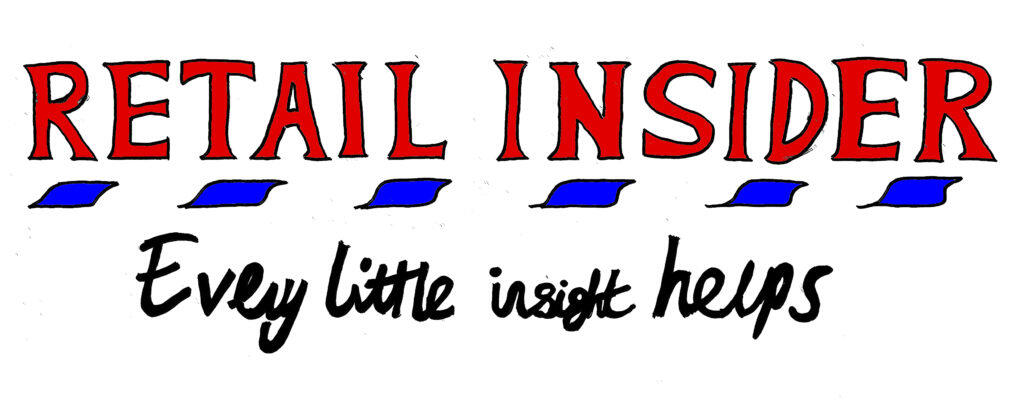Acquirers of top-selling Amazon brands find going tough
One of the pioneering firms who built a business around acquiring top-selling brands on Amazon and rapidly scaling them is now driving growth from other areas having found the market becoming increasingly saturated with competitors.
Thrasio has achieved great success with its novel strategy of buying out the independent owners of some of the most popular brands on Amazon and then cranking up sales but Jim Mann, director of acquisitions at Thrasio, acknowledges the glory days for this model are over.
“There is competition from hundreds of companies coming into the market. Prices have gone up because it’s very competitive and also because these guys have to spend their [private equity] capital. We’re now seeing some ridiculous decisions being made on buying with some people buying anything,” he suggests.
Whereas Thrasio would have expected to pay a 2.5-3x multiple of EBITDA to acquire a top selling brands business this has risen to 4-6x in the current market. As a result the company is being more disciplined in the businesses it buys.
This will still involve it looking to drive cost efficiencies and capability upgrades through investment in the brands. Initially Thrasio looks to undertake a migration period involving increasing sales by 15% within the first 90 days post-acquisition through optimisation of search and conversion on the Amazon marketplace.
What has changed is the move by the brand management team in Thrasio to build a growth plan for acquired brands that involves more than just the Amazon channel. “We’ve now got 20% of our revenues coming from DTC (direct to consumer) from branded websites. The percentage of sales from DTC, wholesale and retail is now the highest area of our growth. That’s where we see the future,” explains Mann.
The company has also done some brand acquisitions outside of Amazon. “It’s about building category leading global brands that have the flywheel of Amazon and DTC.”
Mann suggests such moves reflect the evolution of the aggregator model that Thrasio has make look sufficiently simple whereby it has ultimately attracted many competitors into the market.
But it is not as easy as many imagined, according to Mann, especially as there has been some naivety evident from certain players who have failed to recognise the high level of “dark arts” taking place on the Amazon platform. This includes sophisticated activity by Chinese sellers involving fake reviews, playing with rankings and “taking out competitors”. Against this background some aggregators have approached Thrasio to buy their portfolios of brands.
As well as building the level of sales of its acquired brands across various channels in addition to Amazon Thrasio is also accumulating plenty of data that Mann says will potentially enable it to create its own differentiated branded products.
Glynn Davis, editor, Retail Insider

